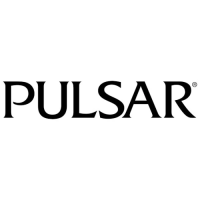How to fix incorrect readings on a Pulsar Controller?
- Llisa47Aug 3, 2025
To correct an incorrect reading on your Pulsar Controller, measure the actual distance from the transducer head to the surface of the material. Then, enter Program Mode and directly access P21 (Set Distance). Type in the measured distance and press ENTER. When prompted, press ENTER again and wait until SET is displayed. Finally, return to Run Mode; the display should now update to the correct reading.



